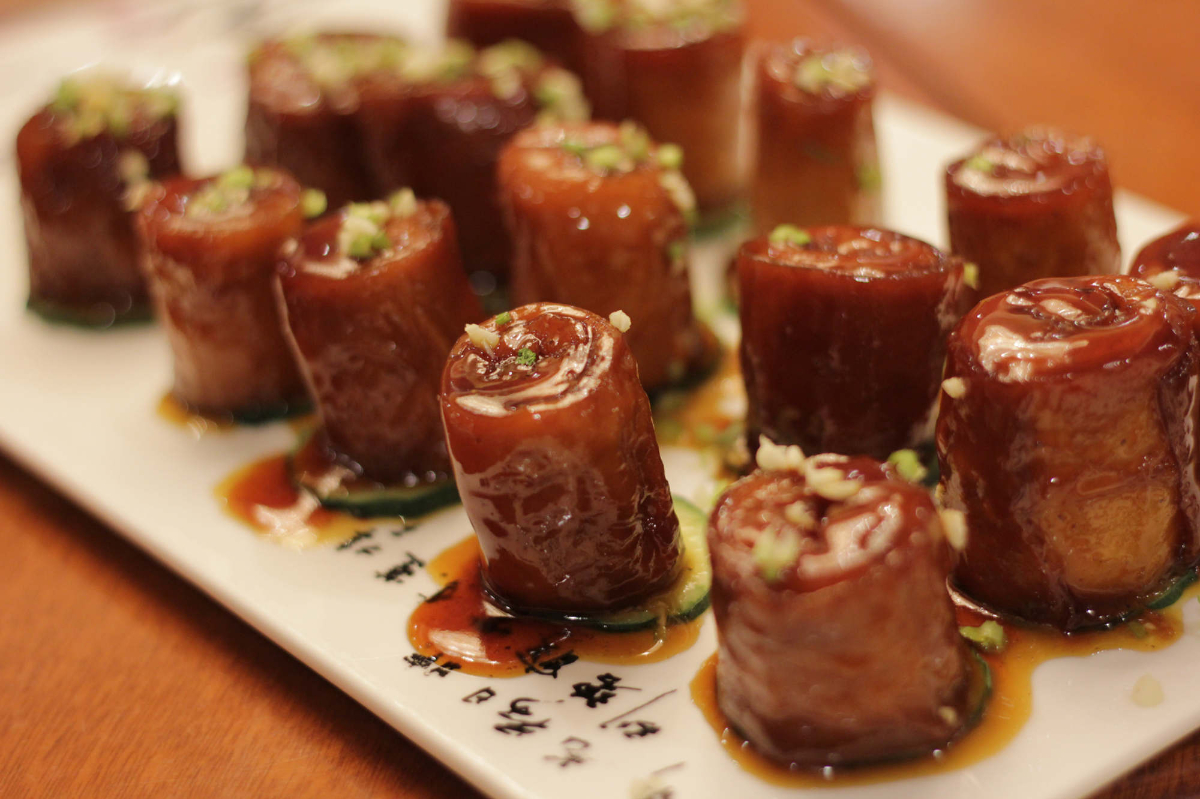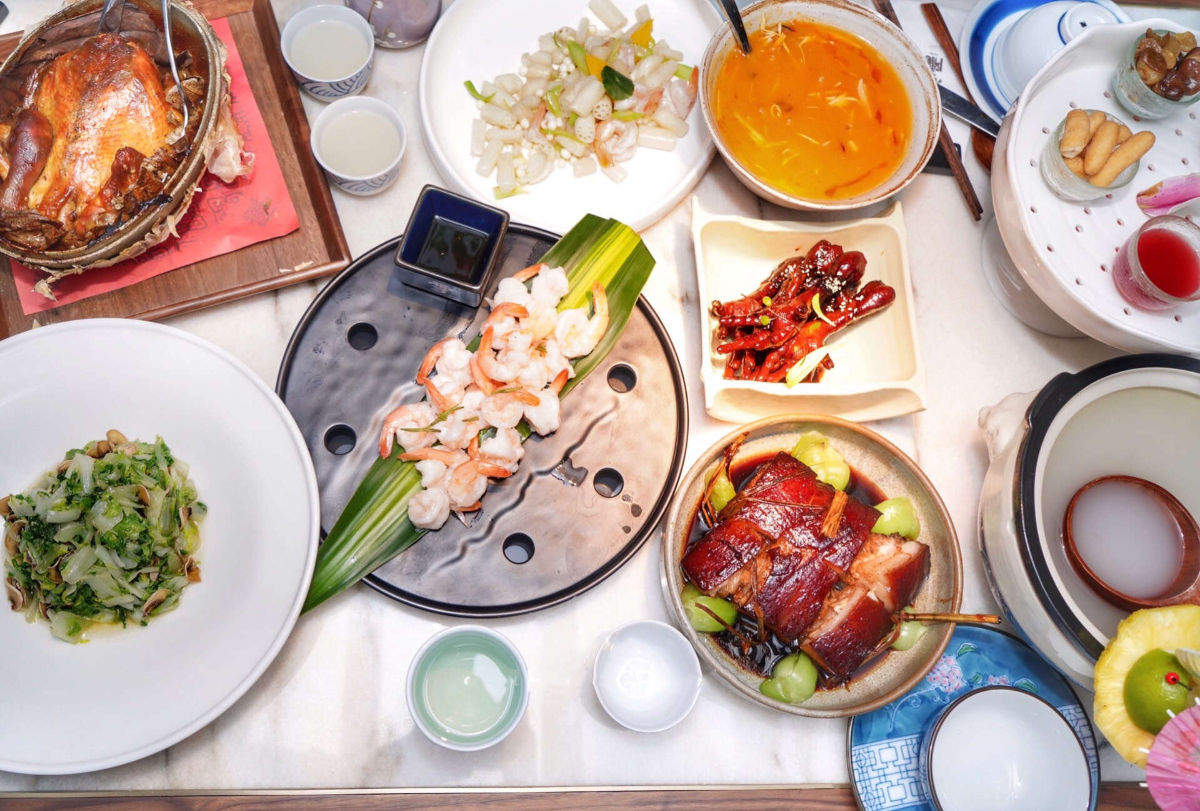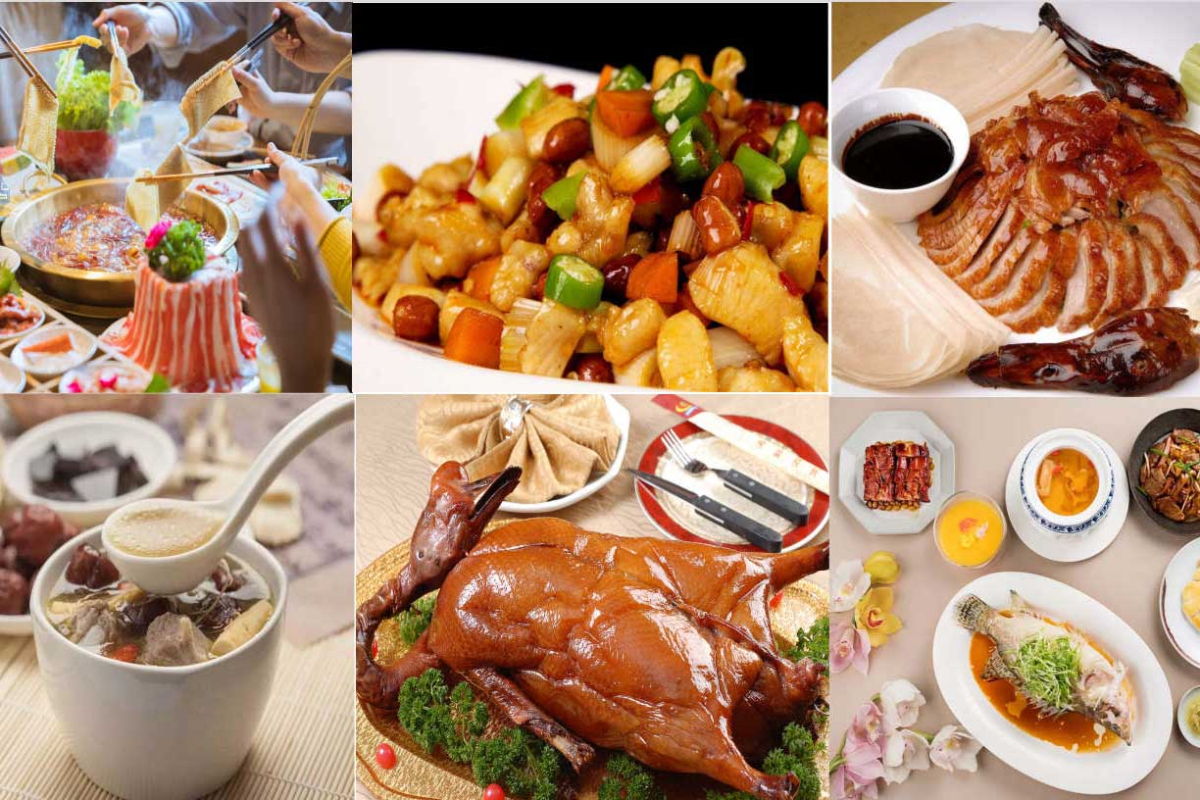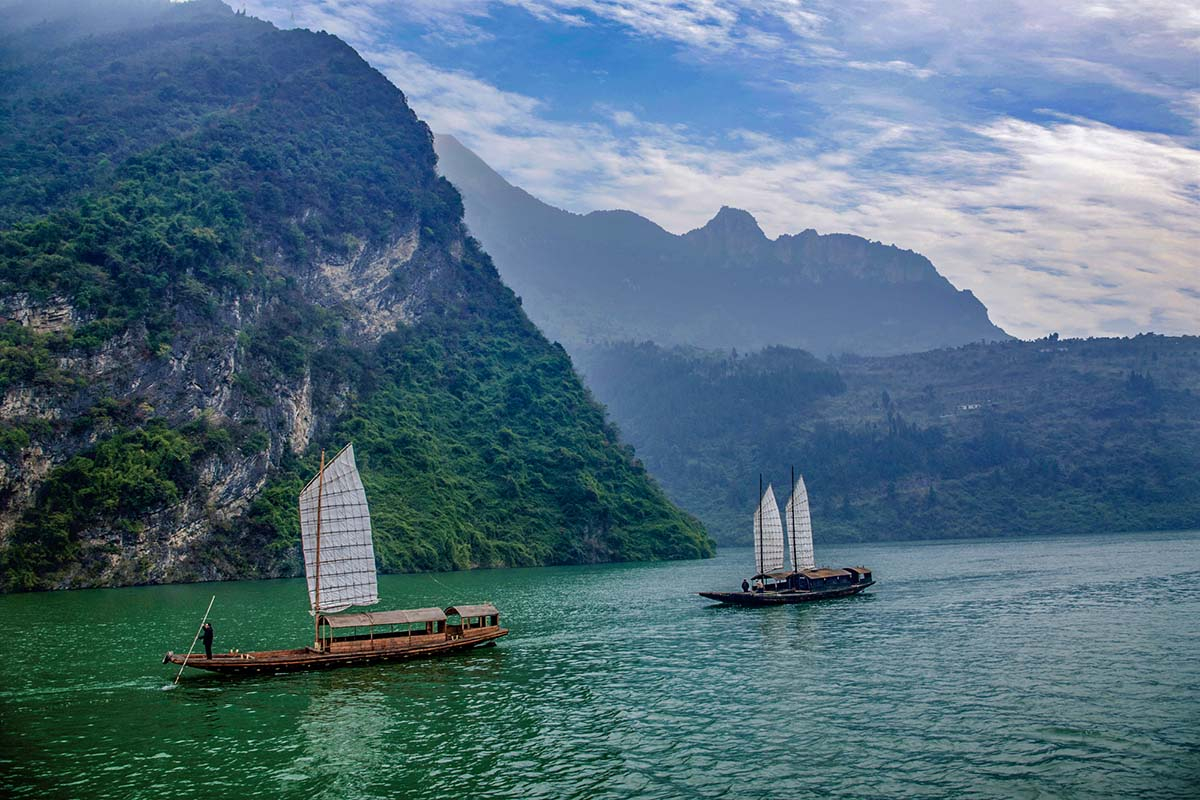Chinese Operas - Old Arts for Chinese People
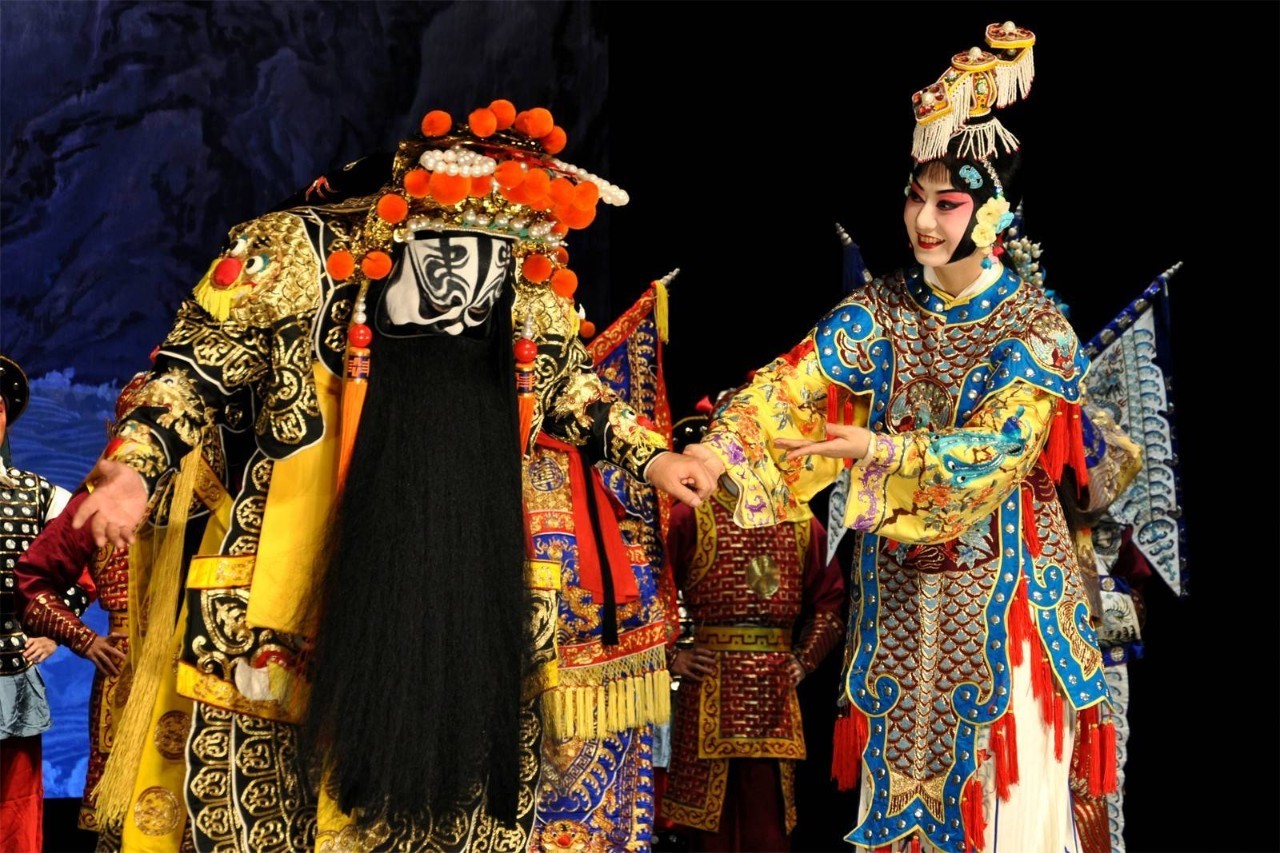
Chinese opera together with Greece tragic-comedy and Indian Sanskrit Opera are the three oldest dramatic art forms in the world. Chinese Opera is a form of musical theatre in China with roots going back to the early periods in China.
During the Tang Dynasty (618 – 907), the Emperor Taizong established an opera school with the poetic name Liyuan (Pear Garden). From that time on, performers of Chinese opera were referred to as 'disciples of the pear garden', but it actually started nearly a millennium before in the Yellow River Valley during the Qin Dynasty. Chinese Opera reached its mature form in the 13th century during the Song dynasty (960–1279). and since the Yuan Dynasty (1271 - 1368) it has been encouraged by court officials and emperors and has become a traditional art form. During the Qing Dynasty (1644 - 1911), it became fashionable among ordinary people. Performances were watched in tearooms, restaurants, and even around makeshift stages. Chinese opera has been one of the most popular forms of entertainment in the country.
Early forms of Chinese theater are simple, It evolved from folk songs, dances, talking, antimasque, and especially distinctive dialectical music. but over time they incorporated various art forms, Gradually it combined music, art and literature into one performance on the stage. Accompanied by traditional musical instruments like the Erhu, the gong, and the lute, actors present unique melodies - which may sound strange to foreigners - as well as dialogues which are beautifully written and of high literary value. These dialogs also promoted the development of distinct literary styles, such as Zaju in the Yuan Dynasty. For Chinese, especially older folks, to listen to this kind of opera is a real pleasure.
What appeals to audiance most might be the different styles of facial make-up, which is one of the highlights and requires distinctive techniques of painting. Chinese opera makeup is particularly fascinating and rich in meaning. Exaggerated designs are painted on each performer's face to symbolize a character's personality, role, and fate.
A character with mostly red makeup or a red mask is brave and loyal. Black symbolizes boldness and impartiality. Yellow denotes ambition, while pink stands for sophistication and cool-headedness. Characters with primarily blue faces are fierce and far-seeing, while green faces show wild and impulsive behaviors. Those with white faces are treacherous and cunning—the villains of the show. Finally, an actor with only a small section of makeup in the center of the face, connecting the eyes and nose, is a clown. This is called "xiaohualian," or the " little painted face."
This technique may have originated from ancient religions and dance. Audiences who are familiar with opera can know the story by observing the facial painting as well as the costumes.
● The most popular Chinese Operas
There are over a hundred regional branches of traditional Chinese opera today. In the 20th century the Peking opera emerged in popularity and has come to known as the "national theatre" of China, but other genres like Yue opera, Cantonese opera, Yu opera, kunqu, qinqiang, Huangmei opera, pingju, and Sichuan opera are also performed regularly before dedicated fans. Their differences are mainly found in the music and topolect; the stories are often shared and borrowed.With few exceptions the vast majority of Chinese operas (including Taiwanese operas) are set in China before the 17th century, whether they are traditional or newly written.
01. Beijing Opera
The Beijing Opera is considered the quintessential Chinese performance art. It originated in Beijing but has spread all around China to become a symbol of Chinese culture. Combining singing, dancing, dialogue and martial arts, it has five main types of characters: Sheng, Dan, Jing, Mo, Chou. These refer to male characters, female characters, forceful characters, middle-aged male characters and comedic figures respectively. Because the Beijing Opera was originally a feature of the imperial palace, it had stricter requirements for the performance, costumes, makeup and songs.
2. Yu Opera
The Yu Opera originated in Henan Province and is the most widely performed type of local opera in China, having 167 professional troupes around the country as of 2006. The Yu Opera is characterized by its sonorous tone, cadence and intonation. It uses a wide variety of traditional Chinese instruments including fifes, silk strings, and the Suona, which resembles a small trumpet. The stage display is simple and all the performers usually wear thick makeup.
3. Yue Opera
The Yue Opera, from the southern costal areas of China, is lyrical and centers around singing. Usual themes include gifted scholars and beautiful ladies, and the love story The Butterfly Lovers is well-known example. During its development, the Yue Opera has undergone a historical change from having mainly male performers to mostly female performers, making it a distinctive feature of Yue Opera that even its male roles are performed by actresses.
4. Huangmei Opera
The Huangmei Opera originates from Huangmei, Hubei, and is a very lively form of opera that tells the life stories of ordinary people. Legend says that because Huangmei is located on the northern bank of the Yangtze River, it was frequently struck by natural disasters, especially floods. Its residents were forced to learn Huangmei Opera to beg in other places, which promoted the spread of this folk art. The most famous piece of Huangmei Opera is The Goddess Marriage.
05. Pingju Opera
Pingju opera evolved from Lianhualao, a folk ditty popular in Northern China’s Hebei province and its neighboring area at the end of the Qing Dynasty (1644-1911). It drew inspirations from the Hebei clapper opera (Hebei bangzi) and Peking opera while integrating other vernacular performing arts in northeastern China. By the early 20th century, it had grown into an independent operatic form.
06. Sichuan Opera
Sichuan opera is one kind of opera drama, and opera masks are the most important component element in Sichuan opera. Magical face changing is a visible stunt used to express the character's invisible mood in Sichuan Opera. Magical face changing should not be missed when enjoying Sichuan opera.
It is featured with vivid, humorous narration, singing, puppetry and acrobatics. Most of the acts take the derivation from legend, folktales, and Chinese classic novels, which make Sichuan Opera a great way to learn the local history and culture. Changing faces, Rolling Light, and Spitting Fire are the most famous acts in Sichuan Opera.



